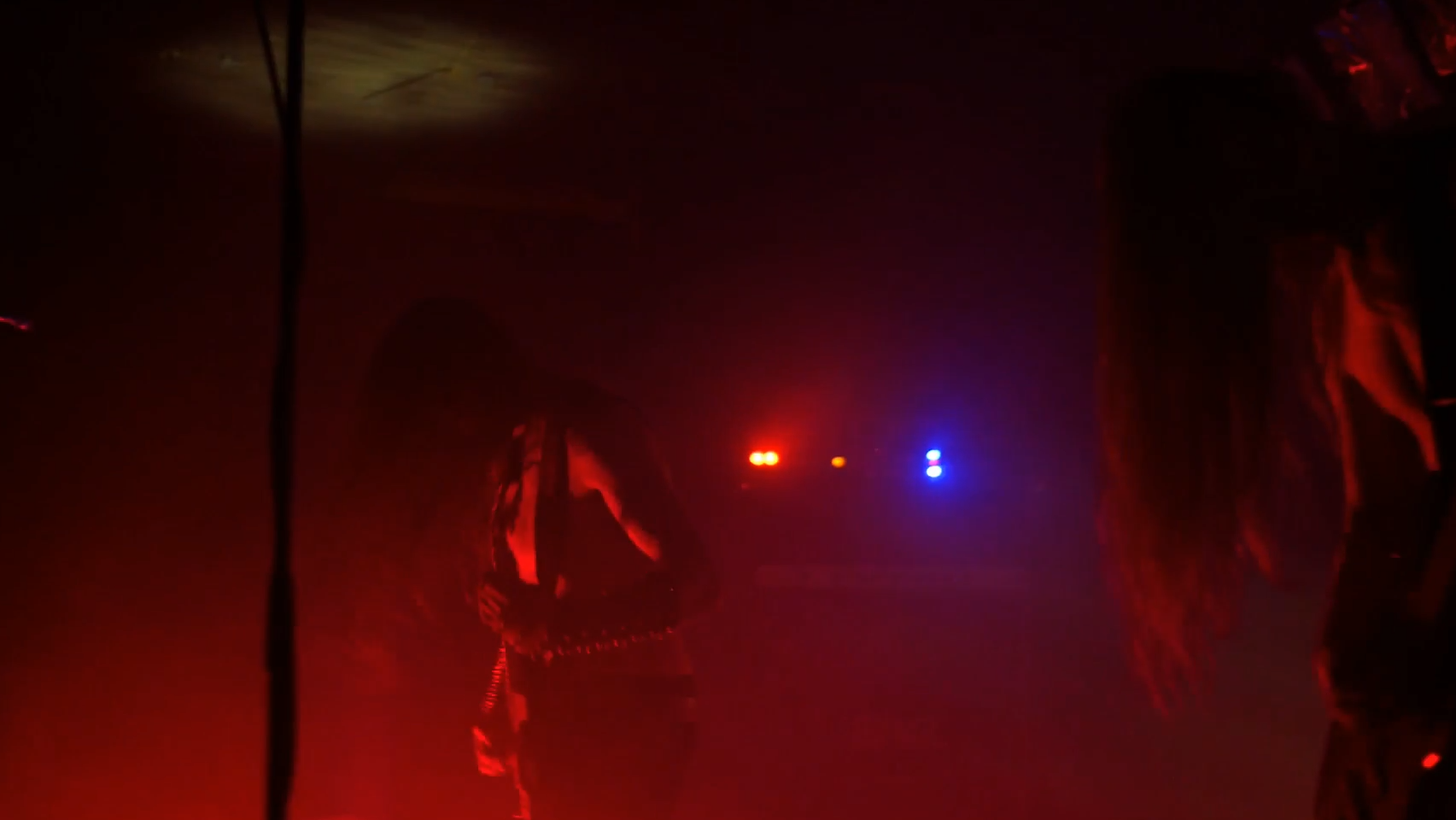A recurring theme across various subgenres of rock and roll is that they tend to emerge as a reflection of disenfranchised youth living at the fringe of post-industrial societies, according to TeachRock. The same holds true for metal music, which took shape in the British industrial city of Birmingham in the late 1960s and early ‘70s — a period marked by rising inflation, unemployment, labour strikes, and overall economic decline.
As author J.J. Anselmi phrases it in a Vice article, groups like Black Sabbath and Judas Priest provided “the proletariat with a musical weaponry designed to combat powerlessness.” In this light, metal acted the same way punk music did, whose music and culture were inextricably intertwined avenues for political self-expression. But over time, “metal evolved into a musical movement that embraced escapism and fantasy in a way that punk did not,” writes TeachRock.
Today, metal boasts a wide variety of sub-genres, with everything from glam to folk.
It may come as a surprise, then, that today, the genre is most popular in Scandinavia — a region generally known for its high levels of happiness and quality of life amongst its inhabitants. Globally, Finland, Iceland, and Sweden rank in the top three countries with the most metal bands per capita, on a list compiled by Encyclopaedia Metallum in 2021.
Musicologists have posed varying theories answering why seemingly happy people listen to aggressive music. Urban studies theorist Richard Florida and Jönköping International Business School professor Charlotta Mellander linked the popularity of metal in a country to its levels of wealth and affluence: “While new musical forms may spring from disadvantaged, disgruntled, or marginalized groups, it is the most advanced and wealthy societies that have the media and entertainment companies that can propagate new sounds and genres, as well as the affluent young consumers with plenty of leisure time who can buy it.”
For a piece written for BigThink, Tim Brinkhof reports that others connect Nordic societies’ introvertedness to their affinity for metal. “In a country where being loud and boisterous is generally seen as rude and annoying, the freedom to scream at a concert without fear of judgement may be a powerful release.”
“…The most important place to communicate was said to be on Plaadimägi (Disc Hill) — a hill in the middle of the old town, officially called Harjumägi… Every Sunday, there was an unofficial market palace where the exchanging, selling and buying of music and related fan items took place.”
(Lii Araste)
Though not part of Scandinavia, Estonians also have an affinity for the genre, ranking 11th globally for metal bands per capita. Whether the reasons above can explain this is unclear. Still, this comparison would be in bad faith since the genre evolved in different contexts.
In the Soviet Union, music was heavily censored (as was other media). Metal was frowned upon due to its association with the West. Still, Estonians living under Soviet occupation practised resistance by seeking out and engaging with this media, metal music included.
Much of Estonia’s access to Western media was through Finland; as a result, Estonia’s metal scene was directly influenced by it. What is less clear is the exact point in time Estonia’s metal scene first emerged; however, most sources point to the 1980s. In “Offense Zine: Death Metal In Estonia 1989-1995,” Veiko Rebane claims that the Soviet Glasnost policy made it easier for Western music to circulate in the Soviet Union, facilitating a vibrant underground death metal scene concentrated in Tallinn and Tartu.
In “Communication Function in the Estonian Metal Subculture,” Lii Araste also identifies the 1980s as the beginning of the metal subculture in Estonia and goes on to explain how it evolved: “There was a practical need for face-to-face communication as there were no alternatives… The most important place to communicate was said to be on Plaadimägi (Disc Hill) — a hill in the middle of the old town, officially called Harjumägi… Every Sunday, there was an unofficial market palace where the exchanging, selling and buying of music and related fan items took place.”
Today, the “new age” metal scene (as described by Araste) continues to thrive in Estonia. In Tartu, the black metal collective Pergerus consists of a number of bands, including Form, Hasswald, Howl, Langenu, Swarn, Ulguränd, Wolfskrone, and Ziegenhorn.
To get a feel for Estonia’s approach to this genre, check out Sander Paavo’s “Estonian Metal” playlist on Spotify!
This article was written by Natalie Jenkins as part of the Local Journalism Initiative.




